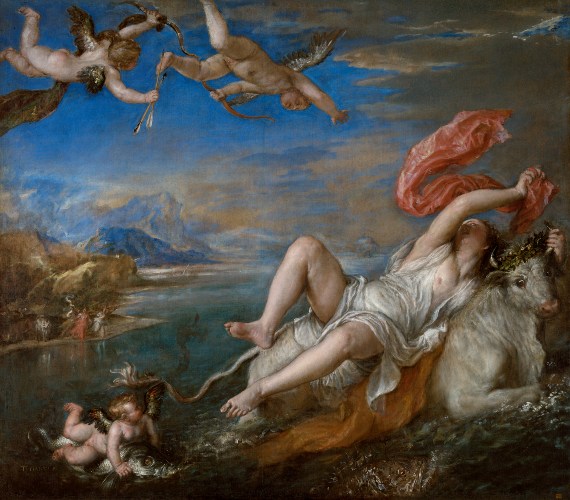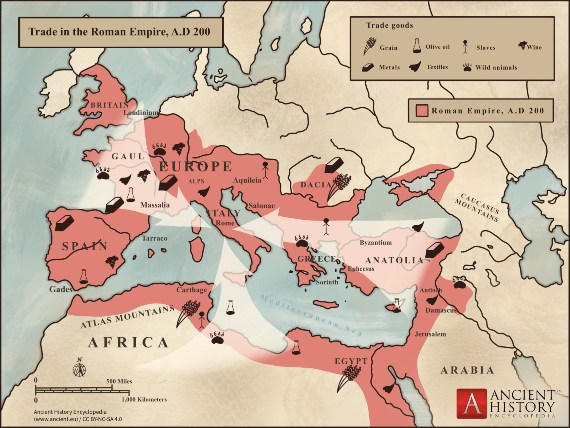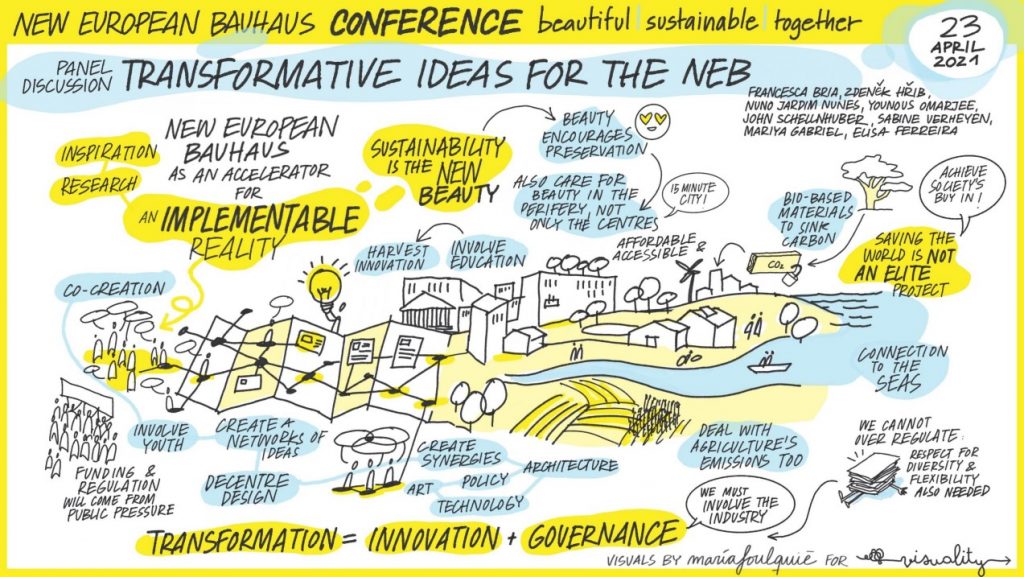In ancient Greek, Europe meant “wide-gazing:” a land that went beyond its visible territory. The abduction or “rape” of Europa is a meditation on transformation, embodied in Ovid’s “Metamorphosis.” According to the historian Jean-Baptiste Duroselle, Europe is a construct of the human spirit.

The European Union, as we know it, was built on the common agricultural policy. Cultivation and land management through food is an enterprise undertaken in “common” since the Roman Empire. “Cultivation” and “culture” are much the same word.
In the current negotiation on values, ethics, urbanity, or the construction of the human spirit, at the international level the European Union is leading the conquest of the Sustainable Development Goals. A return to cultivation, to culture, to symbiosis with the land, to care for the planet as our common home: this is the essence of the West.

THE GREEN NEW DEAL
Europe is spearheading the fight against climate change through a change in lifestyle, the ‘Green New Deal.’ The Green New Deal is built on the concept of a circular bio-economy. The change in our way of life is linked to the sustainable use of renewable biological resources and the optimization of product and material life cycles. We thus promote an economic model based on efficiency, waste reduction and environmental preservation.

The key goal is to achieve climate neutrality by 2050 and preserve biodiversity with the transition to a (bio) sustainable and circular economy. The policy framework encompasses all areas of our way of life: reduction of greenhouse gas emissions, promotion of renewable energies (Renewable Energy Directive), improved energy efficiency in all built environments (Energy Efficiency Directive – Renovation Wave), the implementation of climate change adaptation measures (European Climate Law – Strategy for adaptation to climate change), ecosystem protection and restoration (Biodiversity strategy), promotion of sustainable mobility (Urban mobility framework – Sustainable urban mobility plans), adoption of more sustainable agricultural practices (From farm to fork – Orchard-to-table strategy) and promotion of a circular economy (Circular economy action plan).
THE NEW EUROPEAN BAUHAUS
Our way of life has designed the city and its relationship with the surrounding environment, its ‘bio-region.’ The search for a symbiotic balance between these two scales is Europe’s great challenge.

A city is defined as an urban area, as opposed to a rural area. The dense and numerous population of a city is not dedicated to agricultural activities. Cities account for 60% to 80% of global energy consumption and generate up to 70% of greenhouse gas emissions, according to ‘The Economist.’ Cities consume more than 75% of the world’s available natural resources, including the talent of rural areas. A staggering 98% of everything that flows through the metabolism of cities ends up as waste. A city is not the opposite of the rural: rather, it is the machine that absorbs, consumes and exhausts the resources of the ecosystem and territory it inhabits. During the lockdown, Ursula von der Leyen presented two fundamental initiatives: “The long-term vision of European policy for rural areas is to achieve resilient, connected and prosperous communities, where innovation, digitization and sustainable development drive quality of life, while promoting equal opportunities and preserving our natural and cultural heritage.”
In her State of the European Union address she presented the New European Bauhaus (NEB) as an initiative that seeks to combine sustainability, aesthetics and social inclusion to create a greener and more beautiful future: “The New European Bauhaus is a project that encompasses everything Europe should be. The initiative aims to build the prototypes of the Green New Deal to combine creativity, innovation and technology. The New European Bauhaus is an opportunity to build bridges between the ecosystems of culture and technology, and to prove that sustainability is not only a technical issue, but also a matter of values and lifestyles.”

Cross-linkages between Horizon Europe clusters and clusters of intervention areas in all stakeholder contributions (cf. p. 25)
To develop prototypes and blend creativity with innovation and technology, the European Union itself proposes two tools, the “living lab” and the “sandbox.” The role of these tools is to foster spaces to experiment and develop concrete solutions and legislation that will transform our cities and regions in a resilient and sustainable way.
Working with these concepts opens up a new scenario to build the Green New Deal, co-created by members of the public, academia, companies and organizations. The goal is to create public/private test environments where sustainable solutions that integrate design, technology and public engagement can be explored, but also maintaining our culture and sense of belonging.

It is necessary to design and activate a new power to act, a new definition of the city and its relationship with the land, a new relationship between the myth and the fulfillment of the sustainable development objectives. Re-cultivating the culture of Europe through the Green New Deal with innovative tools, such as the living lab and the sandbox, is a future challenge that we urgently need to address. Change our way of life (the city) to fight climate change and recognize the complexity of the social and ecological systems in which we are immersed with new design and innovation tools to land on Earth.
Long-term, put in place innovative agencies that take into account the connections between the past, present and future and the scales we inhabit. Build the mythology of Europe with a systemic approach, a regenerative and symbiotic way of life between the individual and society, politics and economy, the city and the bio-region, so that the planet becomes our common home again.
Comments on this publication